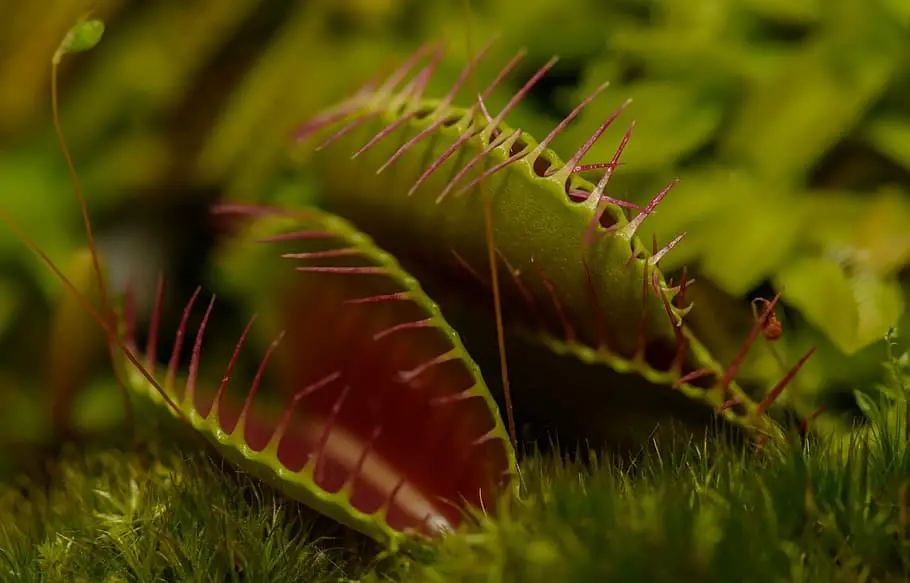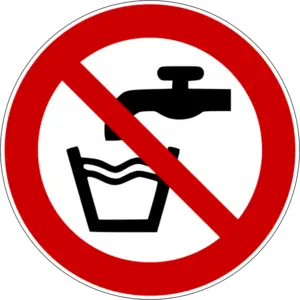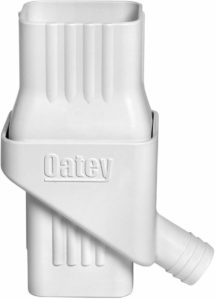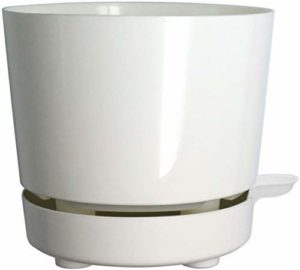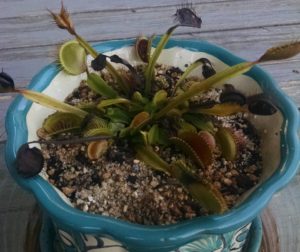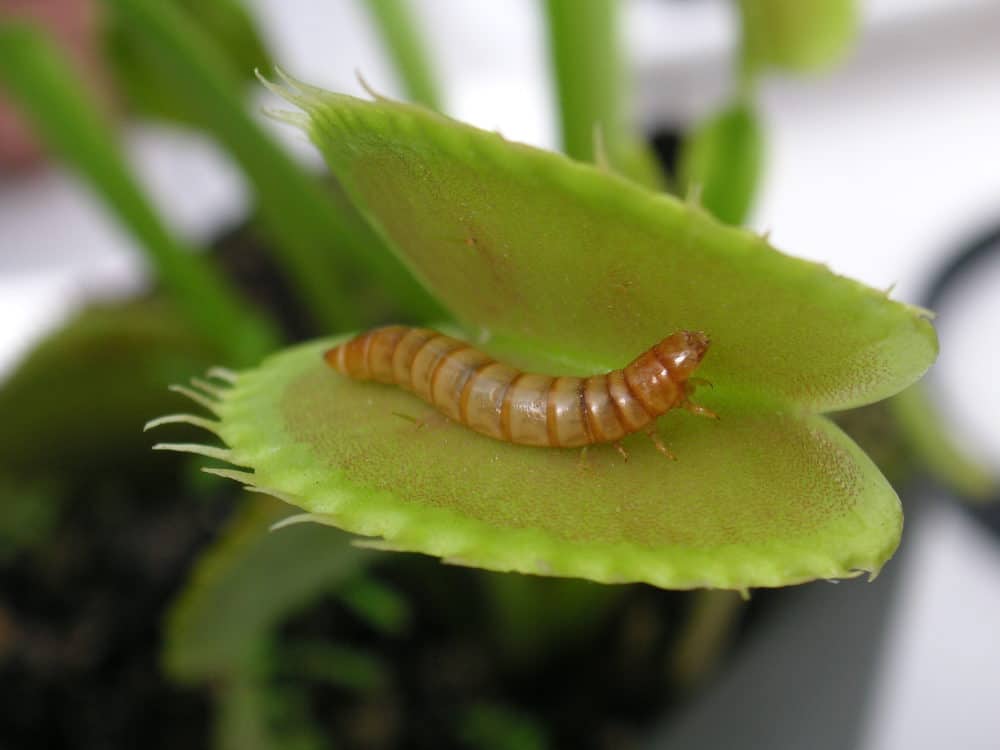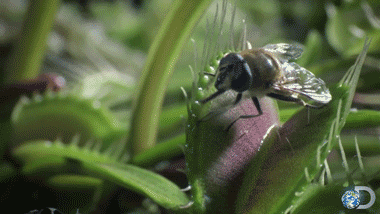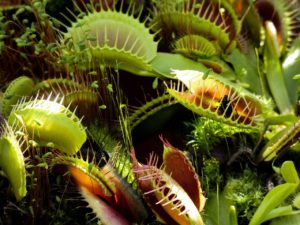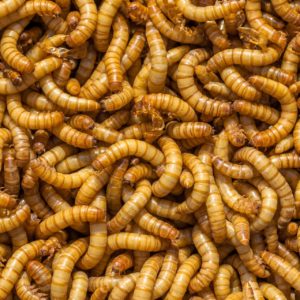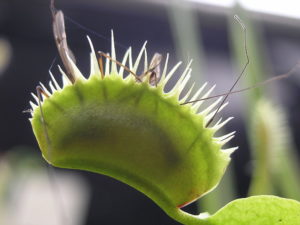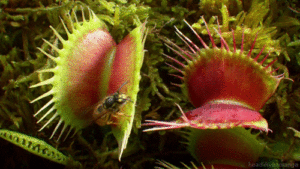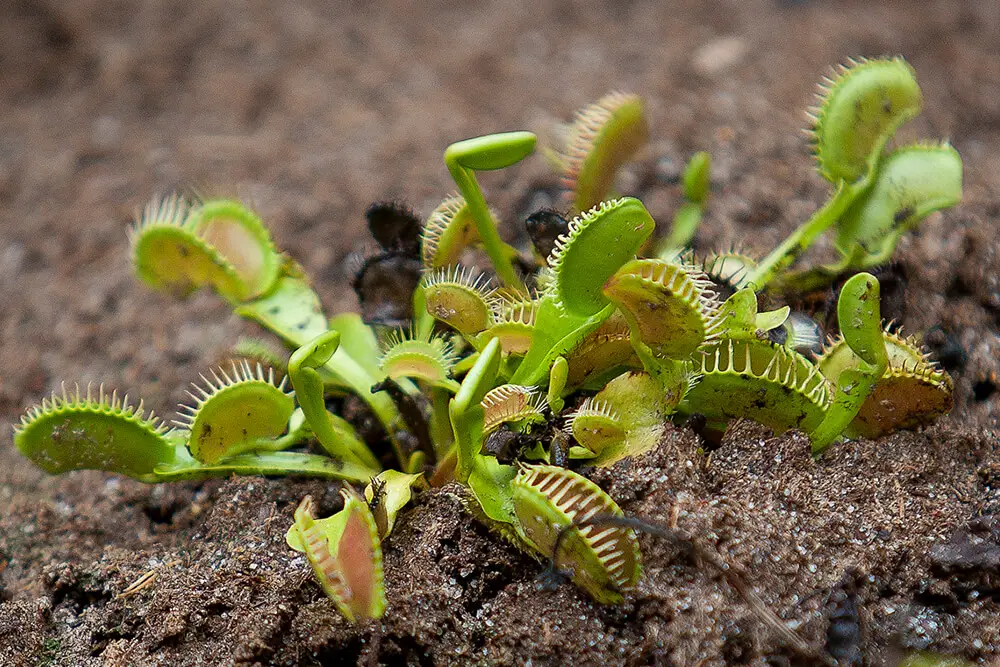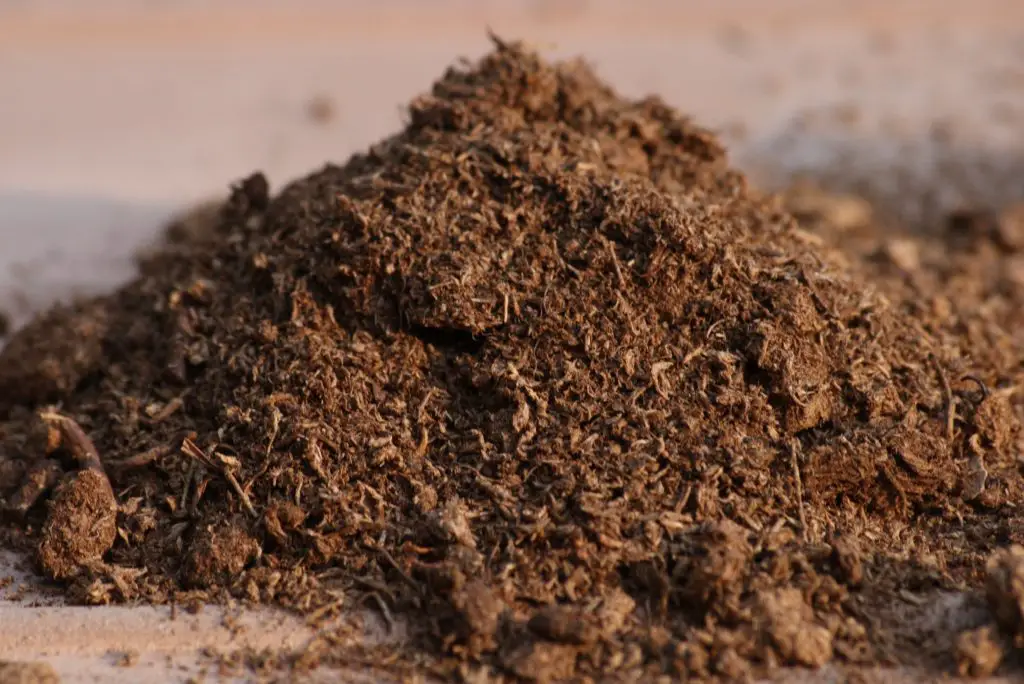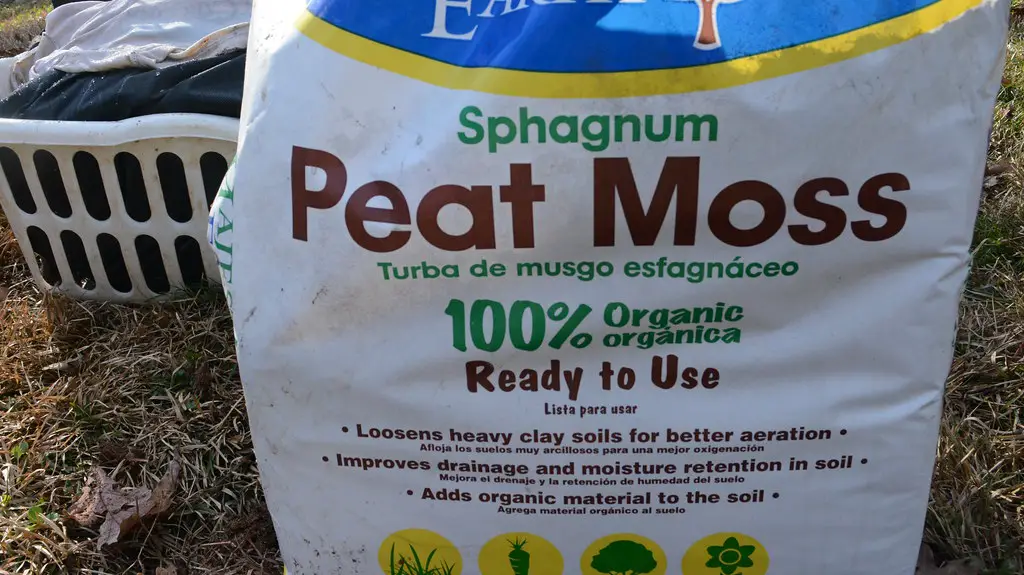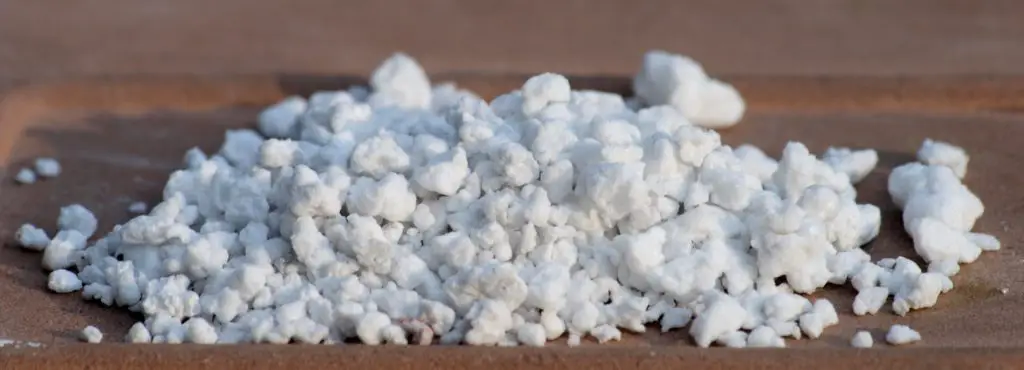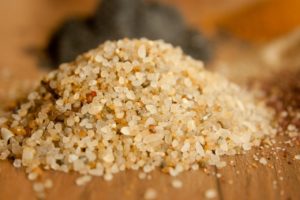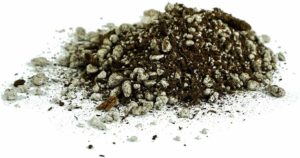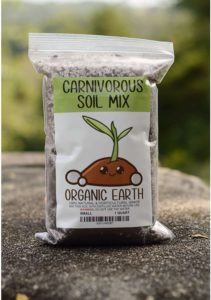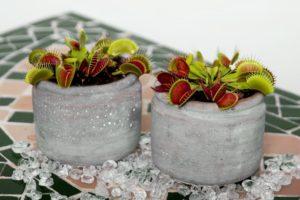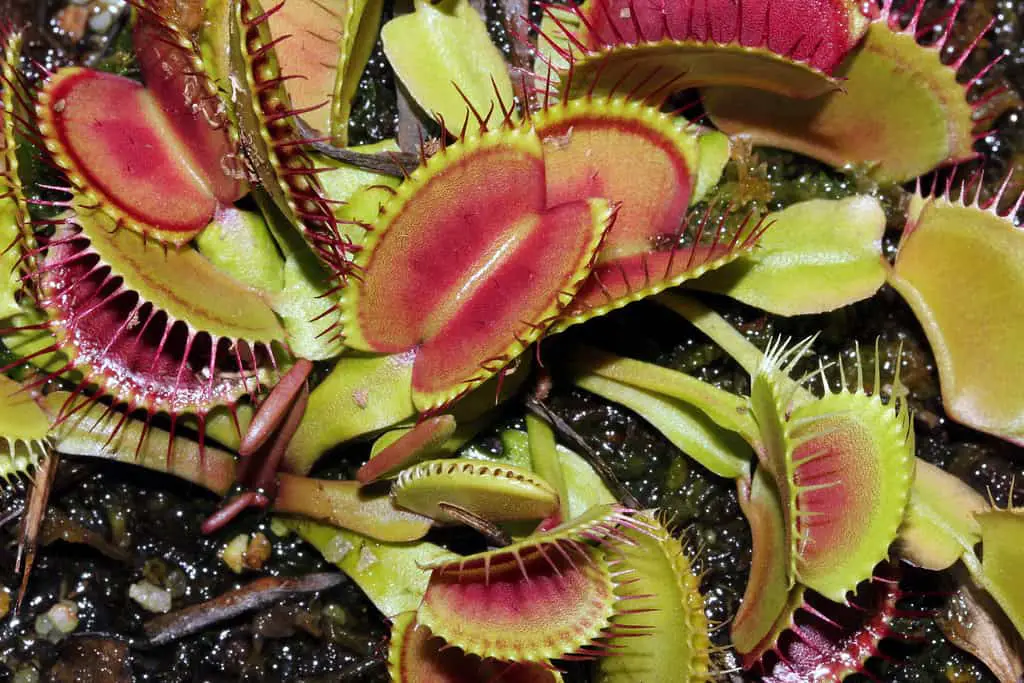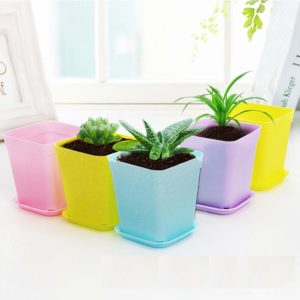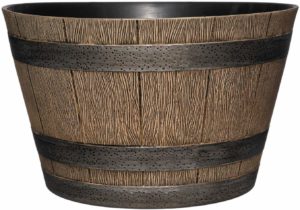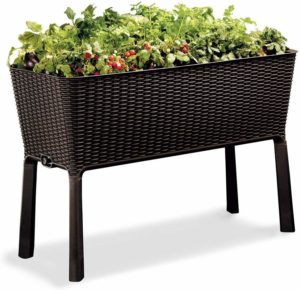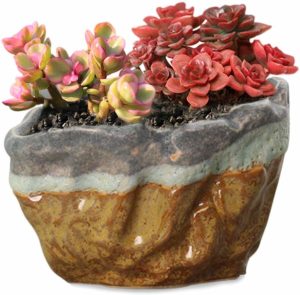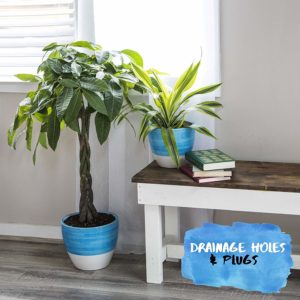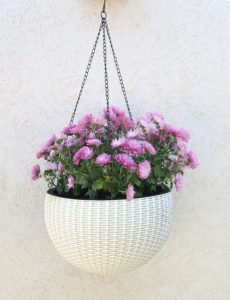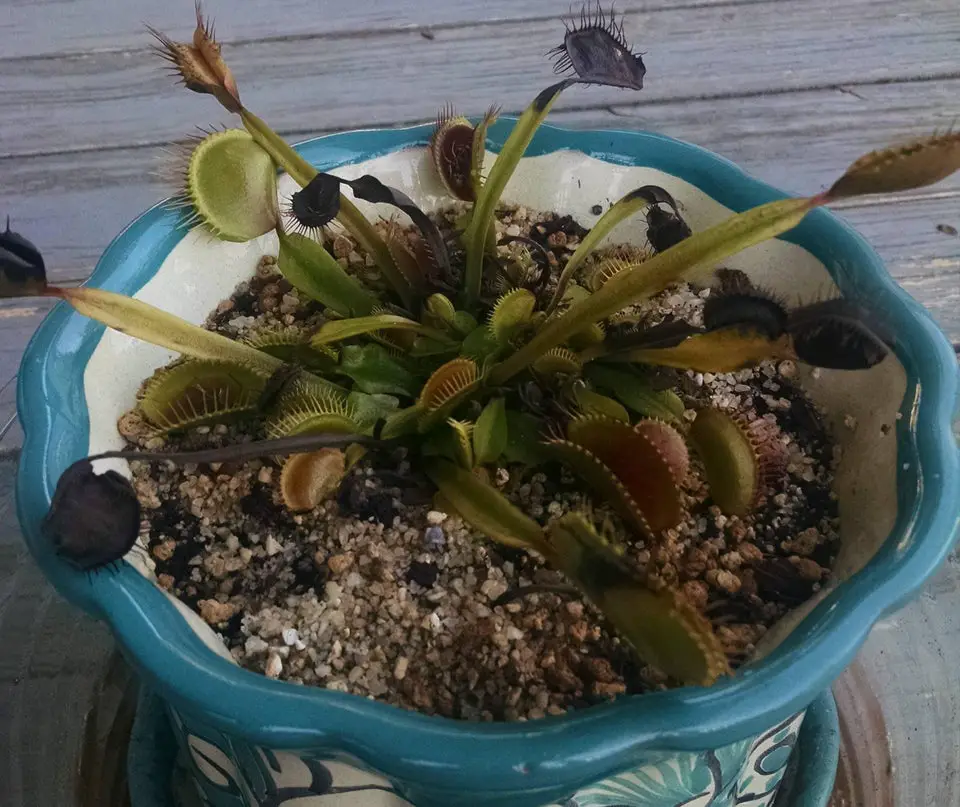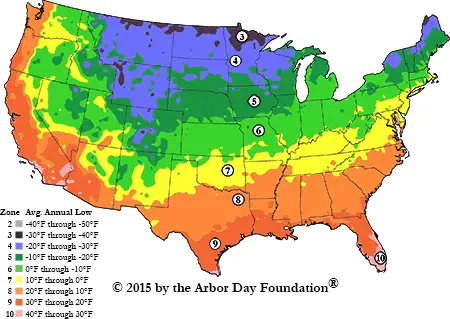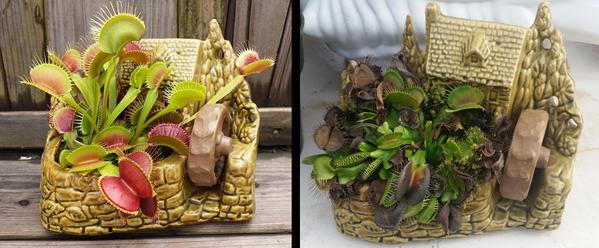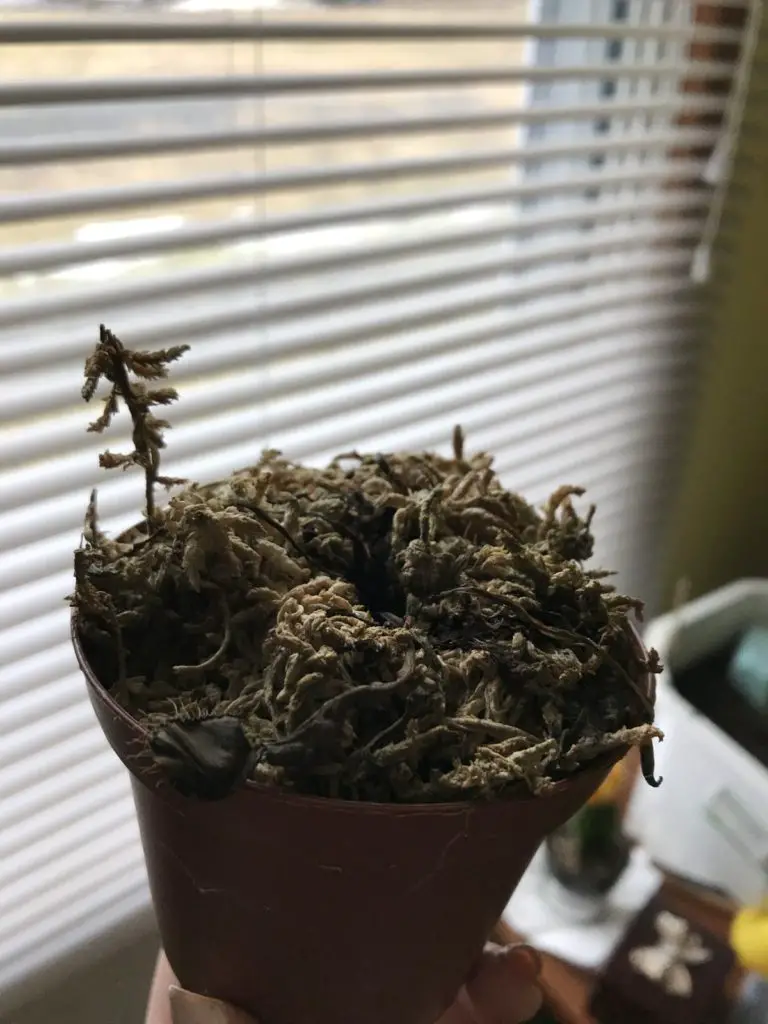Buy Carnivorous Plants Online!
Buy carnivorous plants from the most reputable and trusted carnivorous plant nursery, California Carnivores. We have partnered up and are giving all my viewers an exclusive 10% discount on your entire carnivorous plant order! Just enter CPHUB at checkout! Get the coolest venus flytrap cultivars, sarracenia, nepenthes and much MUCH more! You can even buy your next bag of premium carnivorous plant soil from them! Order Plant Mail, Click Here!I get asked by my friends a lot whether or not a venus fly trap in a terrarium is a good idea. It seems like a match made in heaven and venus fly traps growing in terrariums look super cool. I understand the excitement around putting your venus flytrap in a terrarium, the problem is I just don’t think it’s a very good idea.
Should you put a venus fly trap in a terrarium? No, you should not. I have done a lot of research around this and I’m going to get into all that below. At this point, after going over all the data and information, terrariums and venus fly traps just do not seem like a good match.
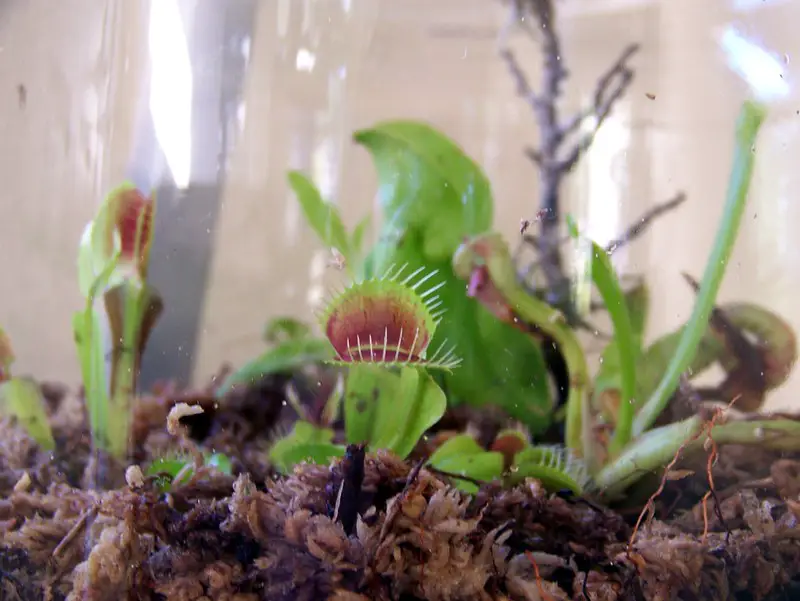
I should mention that I have had a lot of experience growing venus flytraps but I’ve never tried growing them in terrariums as it never made sense to me.
Also, if you are interested in venus fly trap care, check my ultimate guide to venus fly trap care below. It has everything you would ever need to know about caring for a venus fly trap!
Venus Fly Trap In A Terrarium
I’m going to discuss in detail below why terrariums are not the best way to grow a venus fly trap. I think it would be false to claim that its impossible to have some success with growing them in a terrarium but I think there are just way better ways to grow them.
The best advice you could ever get is to find someone in your area that grows venus fly traps and ask them. Find out what they do and what works best in your specific environment. We all live in different zones and determining what’s best for each zone can be hard. It’s definitely not a one answer fits all with growing venus fly traps.
I want to share below why I think putting a venus flytrap in a terrarium is a bad idea.
If your heart is set on a terrarium, I strongly suggest picking up the book by Peter D’ Amato, The Savage Garden, on Amazon. It has entire section on what carnivorous plants work really well in terrariums.
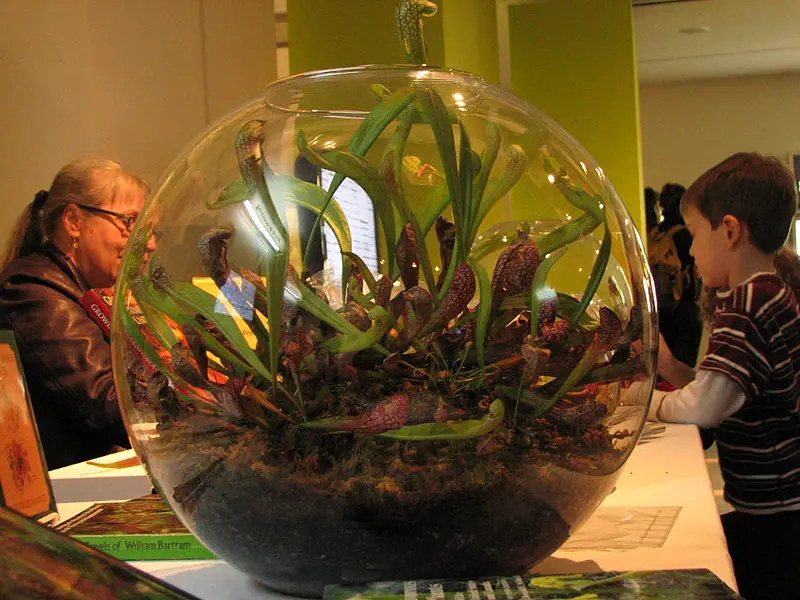
Drainage
The number one problem I see with putting a venus fly trap in a terrarium is drainage. For a venus flytrap to grow healthy and strong they need a fairly deep system for their roots. They also need a media with good aeration and drainage. If the water is not draining this could lead to crown rot or root rot on your venus flytrap.
On a lot of terrariums I also see they just aren’t deep enough. Venus fly traps really like a lot of room for their roots to grow and stretch out. The water passes by providing moisture then drains out the hole on the bottom. This is ideal for venus flytraps. Most terrariums just don’t provide the right drainage for your plant to thrive.
Humidity
There is a lot of confusion around venus fly traps and how much humidity they need. I think a little humidity is absolutely fine and won’t hurt them, but a lot is just not needed. Many think that a terrarium provides a venus flytrap the humidity it needs to survive when they can grow really well without much humidity at all.
People often think that since they are strange and unusual plants that they must be exotic and grow in the jungle. This just isn’t the truth, they grow in North and South Carolina naturally. It does get hot and humid in the summer but they also must survive during a colder and less humid winter.
The most important thing to consider is that venus fly traps obtain their water through their roots, not their leaves. Its much more important to make sure the soil stays moist than the air around it.
Too much humidity will lead to the same problems as not enough drainage. It will definitely increase the chance of root rot/crown rot having that much humidity all the time. Even if the top of the terrarium is open its still providing a significant amount of humidity.
If you really think about what a terrarium is and what it’s trying to accomplish, it all makes sense. A terrarium is trying to emulate a humid jungle environment. Venus fly traps don’t grow in those areas, so why would you try to emulate that for your plant?
Too Much Heat
Venus flytraps love a lot of direct sunlight. In most areas the more direct sunlight the better. The problem with putting them in a plastic or glass container is the amplification of the heat and sun. This can create an environment that is way too hot for your venus fly trap.
If you typically have temperatures that stay under 100 degrees in the sun, your fly trap should be fine when it’s not living in a terrarium. But the amount of heat that builds up in an enclosed or semi enclosed terrarium would be just too much for your plant.
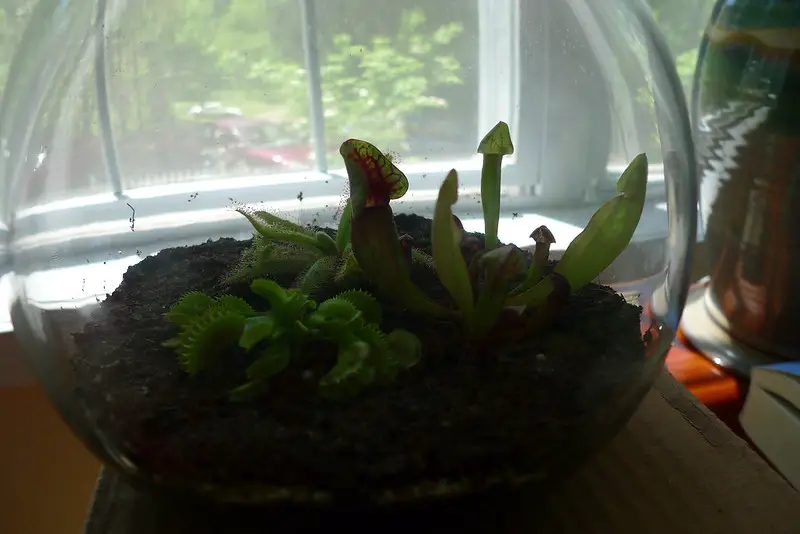
Dormancy
This is a big one. Venus flytraps go through a dormancy period that usually lasts from October/November through March. They lose their color and shrivel up. Many people confuse dormancy with their plant dying. Actually, I have a great article I wrote all about this, check it out!
Venus Flytrap Dormancy – Dormant Or Dead?
The problem with a terrarium is the venus flytrap will get confused and skip its dormancy. They have the ability to detect colder temperatures and know when to go into their dormant stage. Being in a terrarium all the time with controlled temps makes it impossible for a venus fly trap to detect this.
Dormancy is incredibly important for the long term survival of your venus flytrap. Your plant can last up to a couple years without going dormant but it almost always kills the plant in the end.
You can force or trick a venus flytrap into dormancy but then you have to remove it from the terrarium anyway. You would need to remove it for such a long period of time that it’s not even worth moving back and forth from terrarium to pot. The best idea is just to use a pot in the first place.
Best Way To Grow A Venus Fly Trap
Okay, I think I presented a pretty compelling case with good reasons not to put a venus fly trap in a terrarium. What good is that however if I don’t give you an alternative!
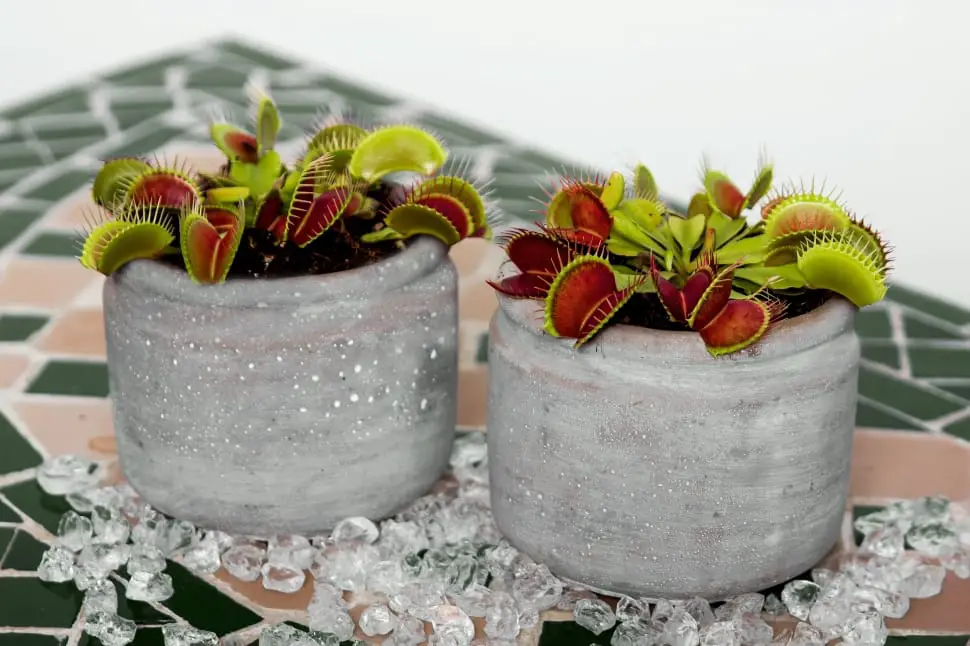
In my humble opinion, the best way to grow a venus fly trap is with a pot that has good drainage. You want something that is a glazed ceramic or plastic/resin. This will ensure no minerals escape into the soil and burn the roots of the plant.
The drainage will keep the venus fly trap well aerated and will promote good healthy growth. Makes sure your pot is deep with room for your roots to stretch out and grow. Venus Fly Traps love a lot of room!
This was a super fundamental breakdown of the best way to grow a venus fly trap. Check out some of the articles I have written below that cover numerous different topics. These articles will help you determine the best way to grow a venus fly trap and the best way to care for them.
How Does A Venus Flytrap Work?
Venus Flytrap Soil Mix And Potting (Maybe one of the most important things to note)
Picking A Pot or Planter For Venus Flytrap
What/How To Feed A Venus Flytrap – How to feed and what to feed a venus flytrap!
Venus Fly Trap Watering Guide – Learn how often and what kind of water to give your plant!
Video Of Venus Fly Trap In A Terrarium
I may not be able to convince you, but check out the video below. Here is a great opportunity to see what they look like, but he also agrees with me and doesn’t expect much success long term.
Beware Big Box Store Terrariums
I see this all the time. I’ve never understood the concept behind selling venus fly traps in terrarium kits. At least until I started researching it on the internet. I started to realize that people just bought these assuming it was a good way to grow them.
I think these sales tactics really contributed to people thinking that a terrarium is good for a venus fly trap. What it really comes down to however, is sales. These things sell well but give bad advise on how to care for a venus fly trap. They are often sold with unhealthy and sick plants.
Even if your dead set on trying to grow a venus fly trap in a terrarium, please do a lot of research and get a healthy plant and good terrarium. It will cost a little more but in life you always get what you pay for.
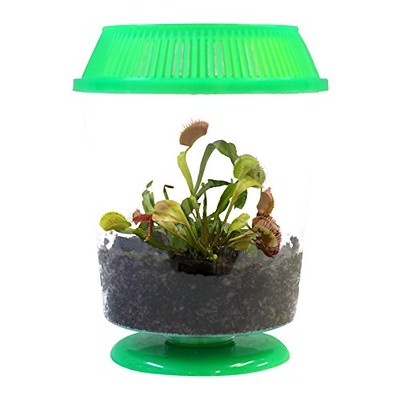
Conclusion
I know I was on a bit of a soap box with this article but I feel strongly that terrariums are not the way to go for a healthy venus fly trap. I think it will give you a bad experience and sour you on growing these wonderful plants.
I’m not going to say its impossible, I just think it’s unlikely to be successful. Especially if you are a first time grower or inexperience with growing carnivorous plants such as a venus flytrap.
I urge you very strongly to check out some of my other pages above to help you decide the best way for you to grow a venus flytrap. I think you will agree after reading more info that a venus fly trap in a terrarium is not the best option.
If you found this article helpful, please feel free to share it in on your favorite social media, it will help me more than you could ever imagine!



